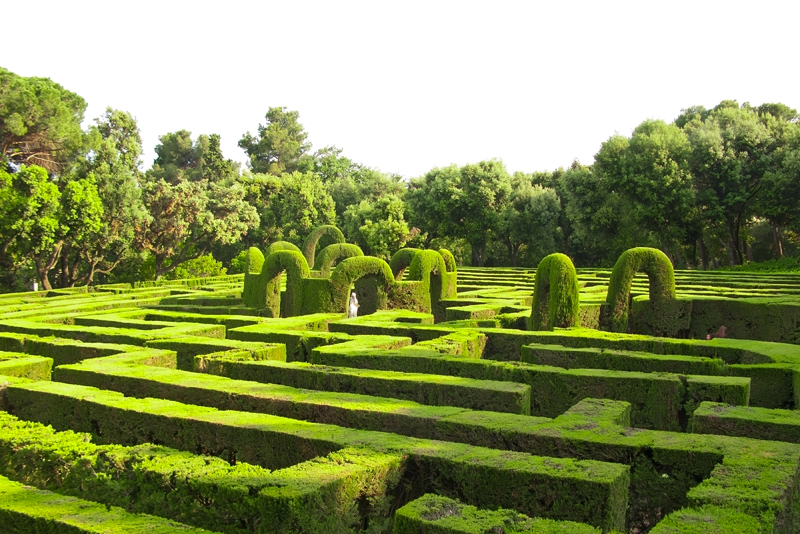Forget Me Not - perfect cottage garden flower

The Forget-me-not (Myosotis) is one of my flowers. They were very popular with the Victorians, who loved large masses of bedding plants. The light blue flowers are also charming for a typical English cottage garden.
There are many legends surrounding the Forget-me-not – the most popular one being the most romantic. This legend concerns a knight and a lady walking along a river picking these flowers. The knight fell into the water and before he drowned, he threw the flowers back to the lady, calling “forget me not.” Whether this legend is true or not, forget-me-nots have always had the romantic notion of remembrance associated with them. And they still like to grow along streams!
They bloom almost all summer, although their strongest bloom period is in late spring.
They get about 8 inches tall when flowering.
There are over 50 species of Forget-me-nots. The most popular are the wood forget-me-not, or Myosotis sylvatica, and the state flower of Alaska, Myosotis alpestris.
How to grow forget me nots
Forget me nots are easy to grow. They like some shade but will also take a fair amount of sun. They grow best with a lot of moisture. In fact, they will do well in very wet areas so they are good along a stream or other wet spot in your garden. They will not do well in dry shade, for example under a maple tree or pine tree.
They re-seed easily, and create a ground cover effect. Their only drawback is that after a while they can get a bit invasive. They are easy to pull out, though, so you can remove them if they travel to areas where you don’t want them.
They look beautiful in mass plantings. Blue is not a flower that we frequently find in the garden, and it’s a very calming color, so large quantities of the forget-me-nots can create a stunning effect.
The blue flower looks good mixed with almost any other color – pink and red tulips, for example, will make a great spring show mixed in with the forget-me-nots. They would also look good with yellow flowers.
There are many legends surrounding the Forget-me-not – the most popular one being the most romantic. This legend concerns a knight and a lady walking along a river picking these flowers. The knight fell into the water and before he drowned, he threw the flowers back to the lady, calling “forget me not.” Whether this legend is true or not, forget-me-nots have always had the romantic notion of remembrance associated with them. And they still like to grow along streams!
They bloom almost all summer, although their strongest bloom period is in late spring.
They get about 8 inches tall when flowering.
There are over 50 species of Forget-me-nots. The most popular are the wood forget-me-not, or Myosotis sylvatica, and the state flower of Alaska, Myosotis alpestris.
How to grow forget me nots
Forget me nots are easy to grow. They like some shade but will also take a fair amount of sun. They grow best with a lot of moisture. In fact, they will do well in very wet areas so they are good along a stream or other wet spot in your garden. They will not do well in dry shade, for example under a maple tree or pine tree.
They re-seed easily, and create a ground cover effect. Their only drawback is that after a while they can get a bit invasive. They are easy to pull out, though, so you can remove them if they travel to areas where you don’t want them.
They look beautiful in mass plantings. Blue is not a flower that we frequently find in the garden, and it’s a very calming color, so large quantities of the forget-me-nots can create a stunning effect.
The blue flower looks good mixed with almost any other color – pink and red tulips, for example, will make a great spring show mixed in with the forget-me-nots. They would also look good with yellow flowers.
You Should Also Read:
Blue Flowering plants for your English garden
Easy to Grow English garden plants
An English garden shady planting plan

Related Articles
Editor's Picks Articles
Top Ten Articles
Previous Features
Site Map
Content copyright © 2023 by Carol Chernega. All rights reserved.
This content was written by Carol Chernega. If you wish to use this content in any manner, you need written permission. Contact Carol Chernega for details.


